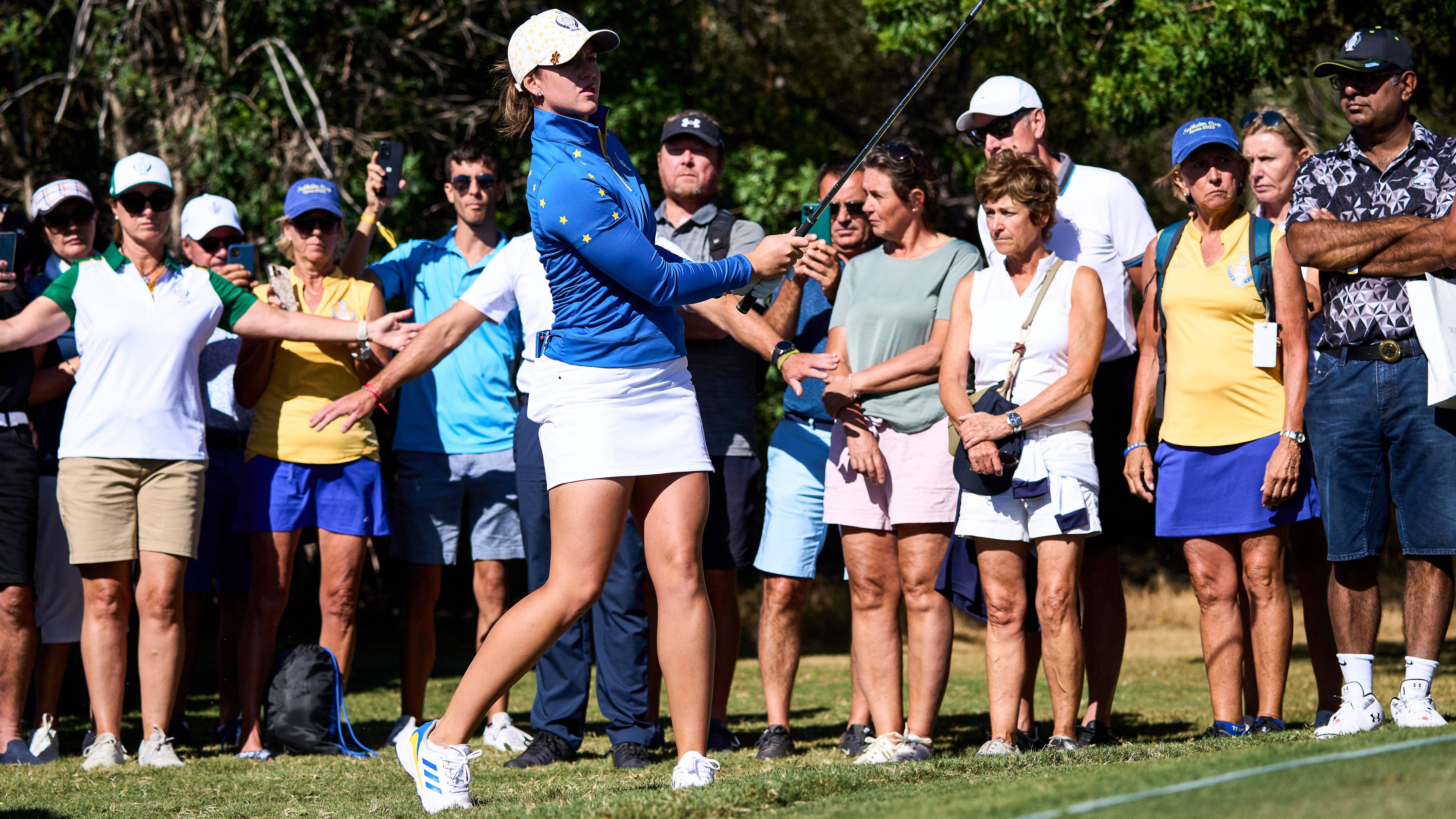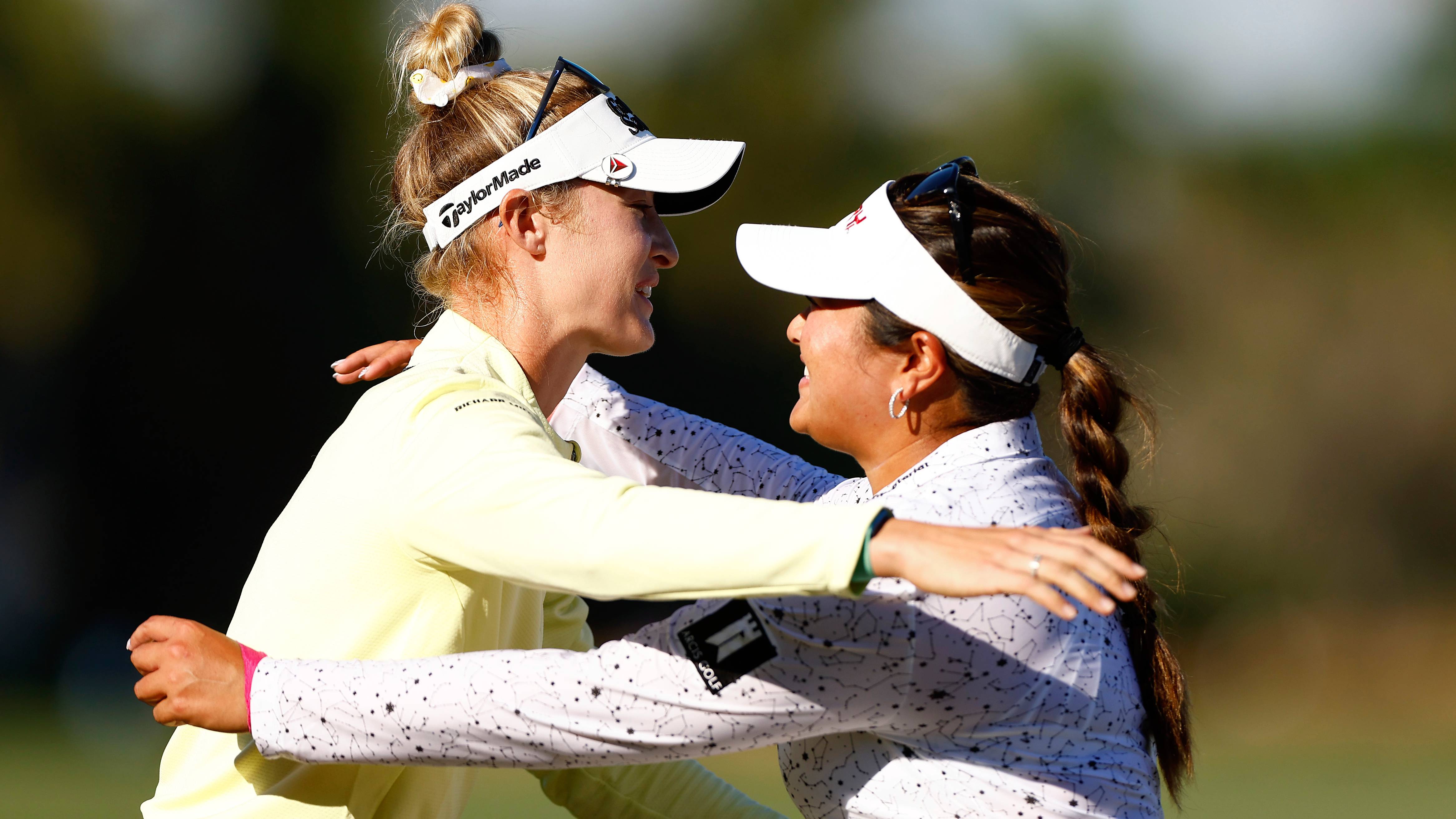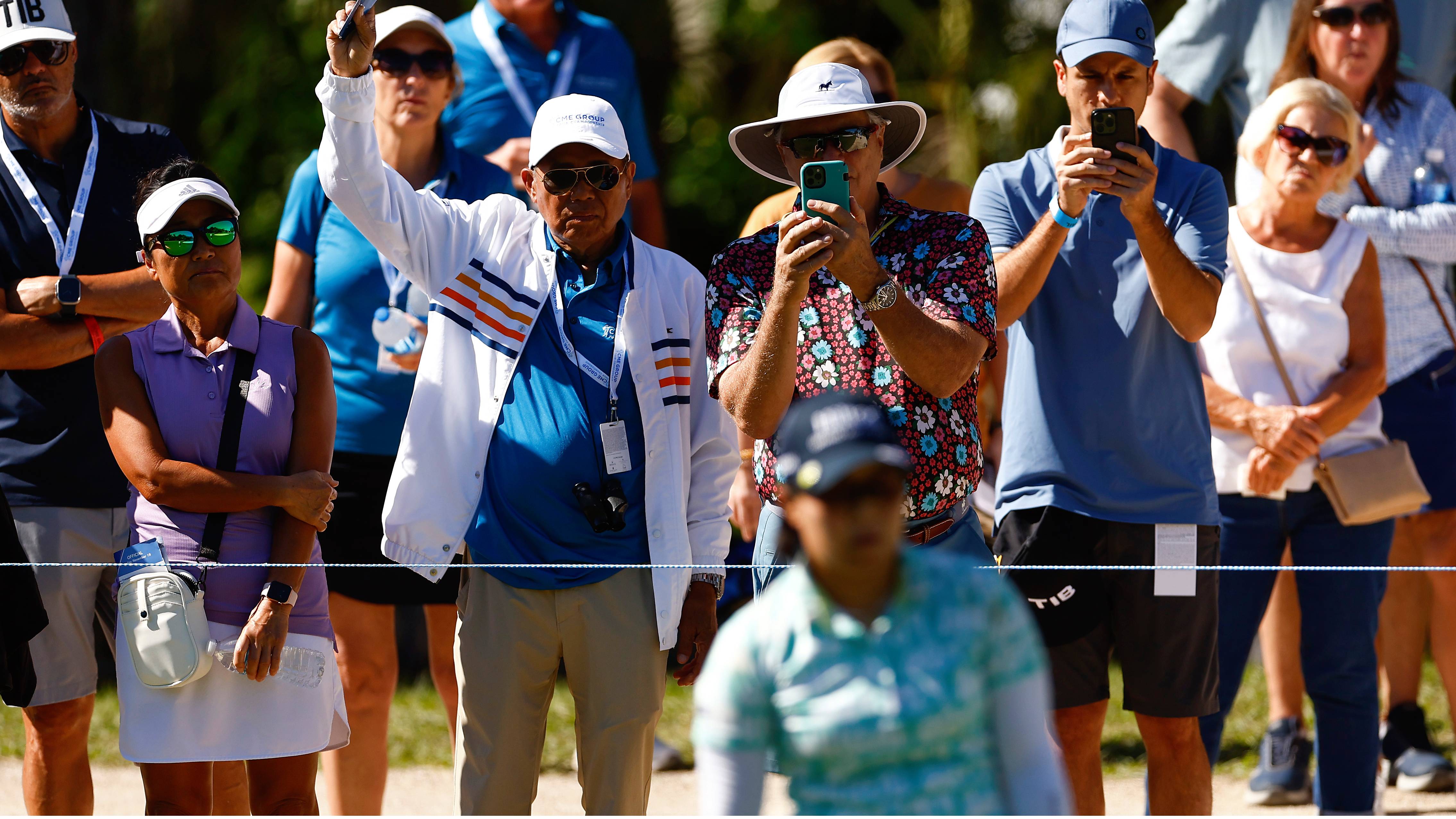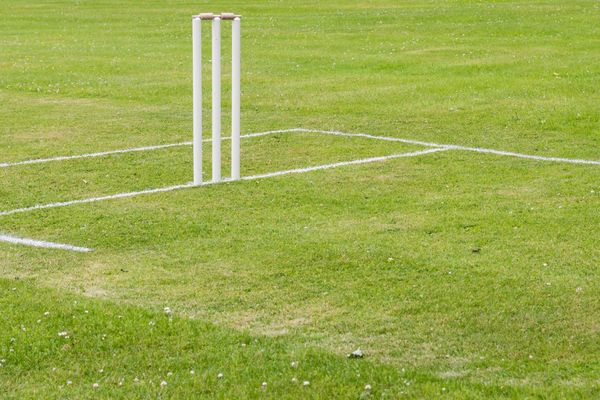
Earlier this year, ahead of the Aramco Team Series event in London, I enthusiastically informed my friend about an upcoming interview with Nelly Korda. To my surprise, she responded with a blank look and asked, "Who's that?" This friend is a keen and competitive club player and a true fan of the game, and whilst she is unaware of this prominent figure in women’s golf, she excitedly expressed her love for watching men’s golf and effortlessly listed several names of the leading male professionals. Needless to say, I was disappointed, although not completely surprised.
Based on what I've observed, it's common for many female club players to not pay much attention to professional women's golf. This can be definitely attributed to the historical lack of visibility for women's golf, which has ingrained the habit of watching men's golf.
But I also believe the gap in recognition between the genders is narrowing. Women's golf is receiving far more coverage than ever before across mainstream and social media, and audiences are growing. This year's Solheim Cup drew in a peak audience of 734k, the highest ever recorded for the event on Sky Sports.

It is fascinating to see how men and women have different ways of embracing the game. Ultimately, there is no definitive right or wrong approach; after all, we are all golfers or golf fans and should enjoy it how we want, but when it comes to the contrasting levels of engagement with women's golf, whether through TV broadcasts or attending live events, there is still a significant number of female golf fans in particular who need to be made aware of these fantastic players and the incredible experiences they might be missing out on.
I can't help but wonder - why wouldn't you want to observe, learn, and draw inspiration from sportswomen of your own gender if you're passionate about the sport, especially in a competitive capacity?
Back in the 80s and 90s, attending the AIG Women's Open, formerly known as the Weetabix Women's Open, to witness the remarkable skills of golfing legends like Laura Davies, Annika Sorenstam, and Se Ri Pak was something that passed me by. I was part of an active ladies’ section, but unlike how women organise golfing away-days, there was no interest or enthusiasm to gather a group and venture to venues like Woburn or Sunningdale for a day of golfing enjoyment, and I suspect some of that apathy still remains today.

It's somewhat embarrassing to confess that I missed out on the chance to observe and learn from these legendary figures during that period. As a relatively new golfer at the time, it would have been incredibly valuable to witness their skills first-hand.
Without a doubt, when you compare women's golf tournaments to the big professional men's events, there's a certain charm that comes with their smaller scale and that's actually a good thing for a number of reasons. The intimacy and proximity to the players are far more accessible, be it near the practice ground or behind the ropes, so you can really immerse yourself in the action and find a connection with certain golfers.
For children who are getting into golf, the crowds aren’t so overwhelming, so the experience is considerably more manageable for parents and young ones alike. Also, what’s noticeable is how a more intimate setting creates a cosy atmosphere that helps foster a genuine love for the sport, without the stress of dealing with huge, crazy crowds.
I want to make it clear that there is a tremendous and growing community of ardent supporters, consisting of both women and men, who wholeheartedly champion the women's game.
I'm not here to preach to the converted, but for those of you who may be set in your golfing ways and haven't really given women's golf a chance on TV, or have never considered attending a championship, I urge you to think again. Trust me when I say that it will open your eyes – it did mine and I genuinely regret that it took me so long to embrace and truly appreciate the world of women's golf.







